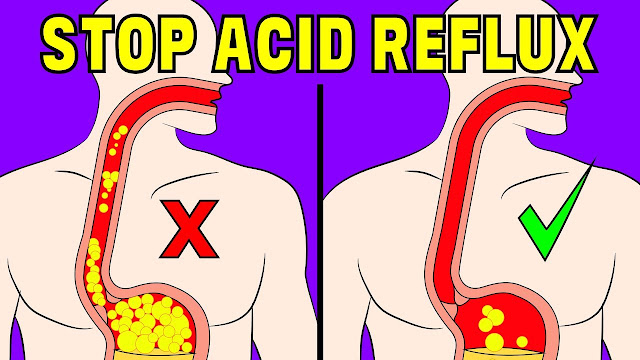The Best Ways For Maintaining A Healthy Heart

We are all aware that certain foods are healthier than others, but are you aware of how your diet may impact your heart? In addition to contributing to diseases like high blood pressure and high cholesterol, a bad diet can induce diabetes and obesity. Heart disease can result from any of these. The good news is that by making heart-healthy eating choices, you can help reduce your risk.
Good fat versus bad fat
It's important to take the time to learn which fats to include in your diet and which to avoid because not all fats are unhealthy. Trans and saturated fats are the kinds of fat you should stay away from. These may raise your risk of heart disease by causing cholesterol, a waxy material, to accumulate in your arteries.
Animal items including butter, cheese, cream, and meats, as well as tropical oils like coconut, cocoa, and palm oil, include saturated fats. Meat and dairy products contain trace amounts of natural trans fats. However, fried and highly processed foods, as well as baked items, include higher levels of artificial trans fats, which are created when vegetable oils are modified to remain solid at room temperature.
Therefore, you can try reducing your intake of dairy products, baked goods, highly processed meals, and fried foods, as well as picking lean meats or removing fat before eating them, to optimize your diet and reduce your risk of high cholesterol.
Plant-based monounsaturated fats and polyunsaturated fats are two types of fats that are beneficial to health. Nuts, seeds, oily seafood, and vegetable oils (like olive oil) contain these.
Whole grains
Replacing refined grains like white flour with whole grains like wholewheat flour is a simple strategy to improve the heart health of your diet. In addition to heart-healthy vitamins and nutrients, whole grains are a rich source of fiber.
Try picking full grain morning cereals and replacing white bread with whole grain bread. Try to limit cakes and biscuits to an infrequent treat because they are typically produced with white flour and contain a lot of saturated fat.
Vegetables and fruits
One of the best ways to obtain a dosage of fiber, vitamins, and antioxidants at the same time is to increase your intake of fruits and vegetables. You'll feel fuller and consume more nutrients if you fill your plate with veggies rather than meat, processed carbohydrates, and fried foods. Salads and vegetables are excellent midday snacks. Try eating a piece of fruit, though, if you're craving something sweet. Potassium, which is abundant in many fruits and vegetables, can also help reduce blood pressure.
Good protein sources
Protein should always be a part of any heart-healthy eating plan. If meat is something you want to eat, try to eat lean meat and cook it without trans or saturated fat. Skinless chicken breasts that are grilled or steamed are healthier for your heart than those that are fried or breaded.
In addition to being low in saturated fat, fish is a fantastic source of protein. Even better are oily fish like salmon, mackerel, and herring, which provide a healthy amount of omega-3 fatty acids and other polyunsaturated fats. Consider substituting plant-based protein sources for some meat-based protein servings. Lentils, peas, and beans are all heart-healthy and abundant in protein.
Cutting back on salt
Consuming excessive amounts of salt can raise blood pressure, which raises the risk of heart disease. Making your own food using fresh fruit and vegetables is the greatest method to avoid using too much salt, as many processed and prepared foods are rich in salt. Additionally, there are items with lower salt and sodium content that you can use to add flavor without consuming a lot of salt.


%20(1).jpg)

%20(19).jpg)
%20(6).jpg)